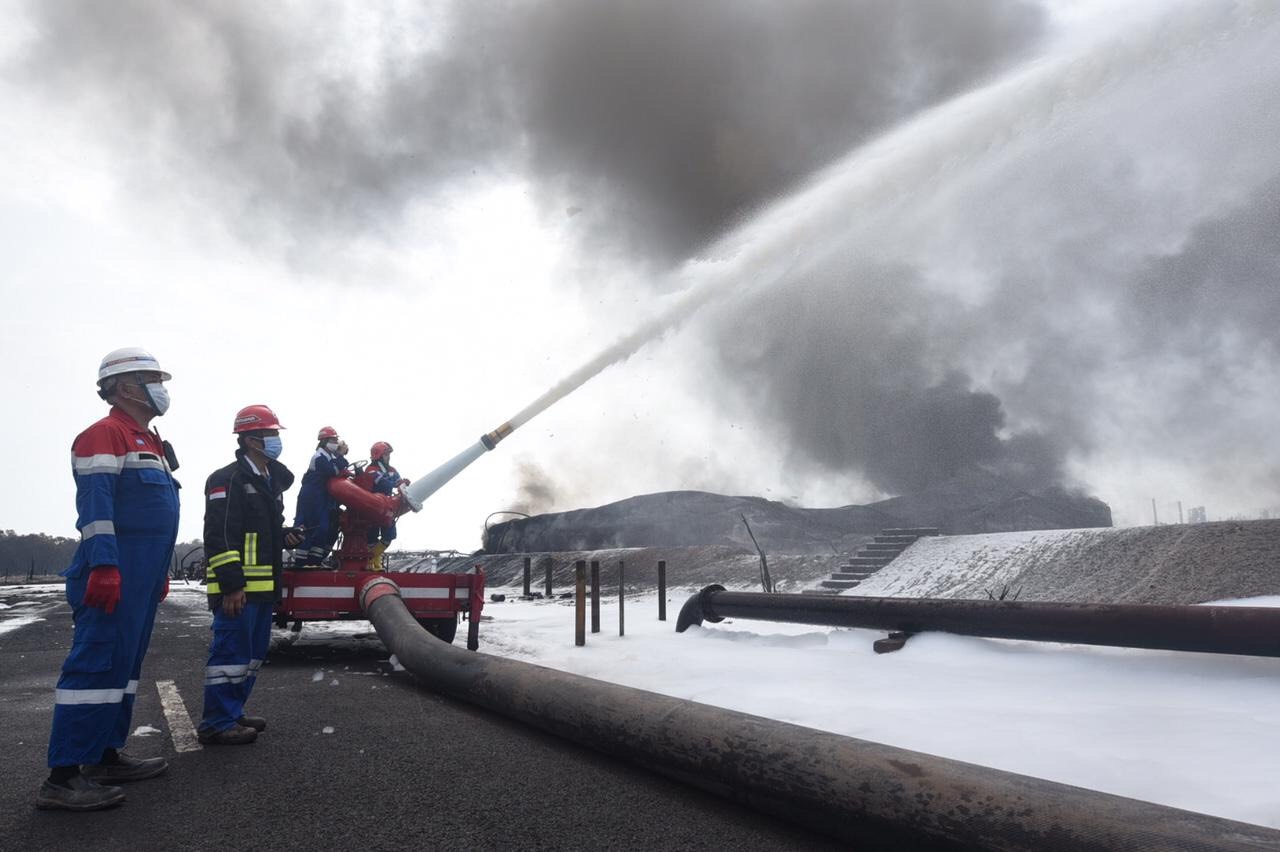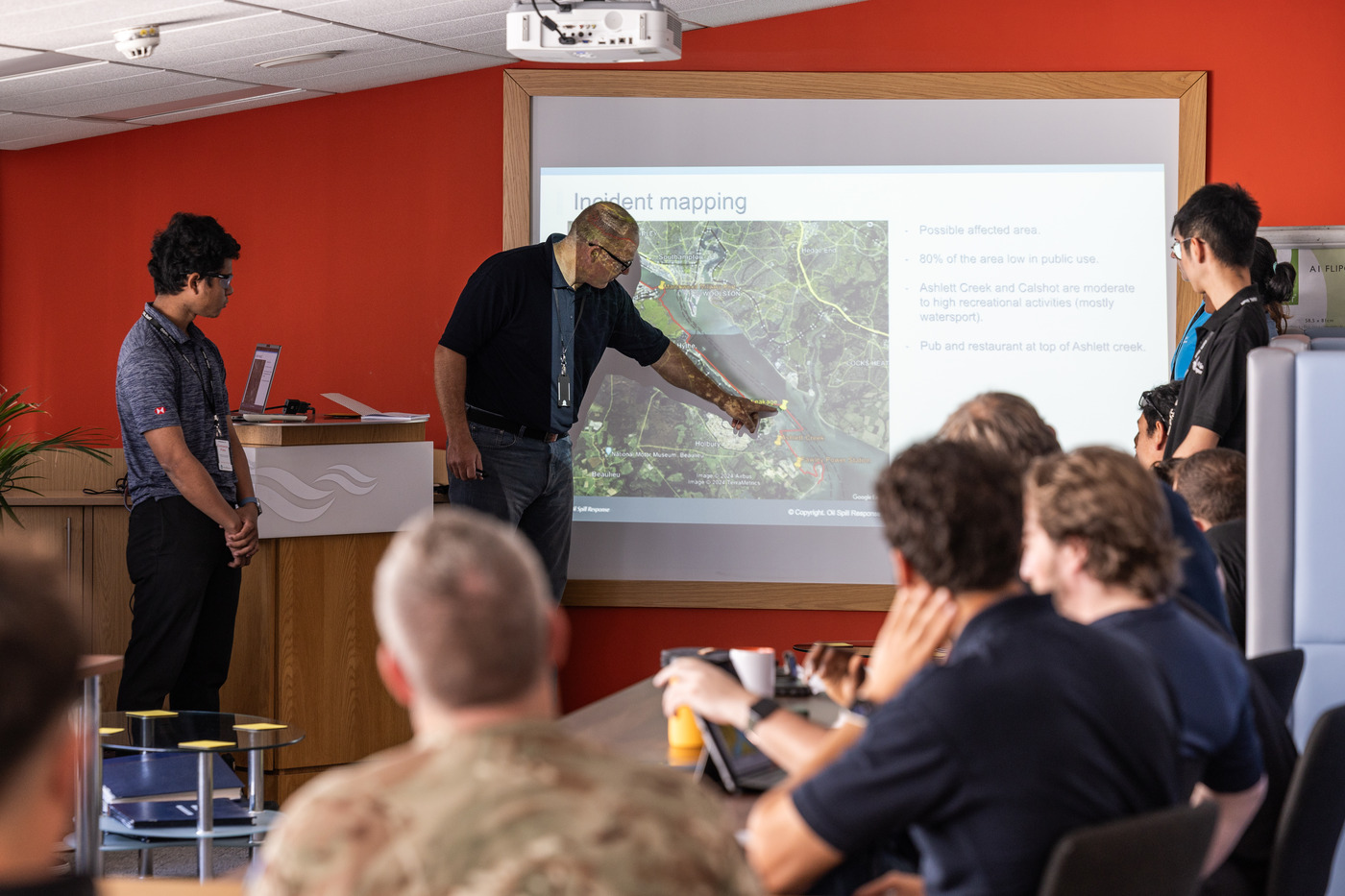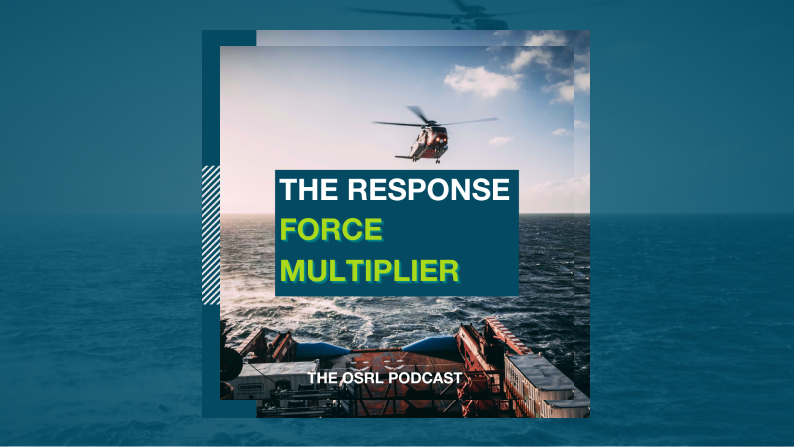Thoughts on the Balongan Refinery Incident
We reflect on how we think the company might structure itself for this incident and consider some critical response actions, drawing upon a previous case study. We question whether this is an incident or a crisis before discussing the company’s possible approach to probable medium/long term issues.
Firstly, our deepest thoughts and sympathies go to those people that have been affected by this devastating incident, which will undoubtedly be life-changing at the very least for some of those involved.
At the time of writing this article, the author has had no contact with the refinery or operating company. The thoughts given below are our expert opinion and purely hypothetical on what could be happening rather than stated facts.
We reflect on how we think the company might structure itself for this incident and consider some critical response actions, drawing upon a previous case study. We question whether this is an incident or a crisis before discussing the company’s possible approach to probable medium/long term issues.
What structure might be in place to manage this event?
We recognise that every company has its nuances in how it structures its capability for incident and crisis management. However, in general, we can say that the company should have instigated its incident and crisis management plans. Such plans typically include an incident and crisis management structure or hierarchy split into three key disciplines: operational, tactical and strategic.
The Strategic team, also known as the crisis management team, should be focused on looking at the strategic issues affecting the company as a whole, senior-level stakeholder liaison (e.g., Government, shareholders), supporting the tactical team, providing the strategic communications strategy and providing resources from other areas of the business if they have them. The strategic team will likely include the CEO and other key senior personnel, including the VPs for Communications, Operations, and other relevant departments.
The Tactical team, sometimes known as the incident management team, should be focused on supporting and giving direction to the on-site operational team, as well as people management/ response to relatives, HSE, supply/ logistics, regulatory notifications/ liaison, tactical stakeholder liaison, financial tracking/ support and legal/ contractual issues.
The Operational team will be at the site and focused on the immediate issue of physically responding and containing the incident. The size and composition of operational teams vary around the world. It may be a blend of company and government-provided resources in this case.
Not all incidents need all three teams. Mobilisation starts typically with the operational team and can be escalated to mobilise the tactical and strategic team depending on the severity level.
What will be happening right now?
There will be some immediate priorities. Safety of life is the absolute priority. The company is likely to be considering the safety of its site staff, the responders and any potentially affected local people who may have homes or workplaces within the blaze vicinity.
For such a significant event, the company will have likely mobilised all three teams. The strategic and tactical teams are possibly remote from the site and based centrally (i.e. Jakarta). Covid-19 may have brought an added complexity and the strategic and tactical teams may be working remotely, in which case it’s likely they will have set up a virtual incident command post using an online platform such as Teams, Zoom or specialised incident management platforms.
The tactical team will focus on key priorities in terms of People, the Environment, Assets and their Reputation (PEAR) prioritized in that order. They will likely be using the PEAR principle, or something very similar to drive their thoughts in terms of what they know and need to action for each category right now. It should also prompt a discussion about the potential worst case as changes in the latter can be the difference in the incident moving to a crisis.
Is this an incident or a crisis?
There is a range of definitions, but crisis practitioners generally agree that a crisis is an inherently abnormal, unstable and complex situation that represents a threat to the strategic objectives, reputation and, ultimately, the existence of an organization. It could also be a scenario not previously envisaged or beyond the tactical/ incident management team's capacity and/ or capability.
We suggest that the pivot point between moving from an incident to a crisis is the organisation’s level of preparedness – how much they have planned, trained and exercised for an event and how much of the unfolding event is uncertain.
The British Standard (BS 11200:2014 Crisis Management – Guidance and Good Practice) definition serves to highlight this point well:
“The ability to manage crises cannot simply be deferred until an organization is hit by a crisis. An organization should take every opportunity to practice its crisis response protocols in order to ensure the most effective transition to crisis management status in the event that an actual crisis situation is triggered. It requires a forward-looking, systematic approach that creates a structure and processes, trains people to work within them, and is evaluated and developed in a continuous, purposeful and rigorous way. The development of a crisis management capability needs to be a regular activity that is proportionate to an organization’s size and capacity.”
For many companies, this event would be a crisis.
An example of such a move to a crisis is the Buncefield incident in the UK in December 2011. There are some similarities, as it was also a refinery explosion and fire. The organization had well-tested emergency plans and protocols which defined what to do in such an event. In this case, the plan stipulated that the safest course of action was to let the fire burn and extinguish itself. The UK’s Deputy Prime Minister at the time was not happy with this course of action and stipulated that the fire had to be extinguished. What happened next turned the incident into a crisis.
The UK’s fire crews followed Prescott’s orders and pumped approximately 250,000 litres of firefighting foam known as perfluorooctane sulfonate (PFOS) onto the blazing fire. It did the job of putting the fire out but unfortunately drained down and left the site via a nearby groundwater borehole. PFOS is toxic and highly persistent; it does not break down in the environment. It accumulates in organisms and works its way up the food chain. Once in the UK's groundwater system, there was no way of removing this substance, becoming a massive problem for the operating company and the UK Government. PFOS in UK water is now an ongoing issue that is unlikely to be resolved.
Many lessons learned from previous incidents including the Buncefield should have been adopted into the design of the Balangan refinery safety system. The strategic and tactical teams will likely be considering some of these issues and the most effective mitigation measures.
Business Continuity will be a crucial consideration
The Balangan Refinery is one of Indonesia's largest refineries and one of its most significant, as it feeds fuel and petrochemicals to the greater Jakarta area. Teams will no doubt focus on the redistribution of fuels; this will be challenging as most fuel companies operate a ‘just in time’ principle. As part of their preparedness process, the operating company will have gone through a Business Impact Analysis process which identifies the impact of a ‘denial of a key service’ such as this refinery. This activity defines potential recovery solutions, alternative supplies and processes and the teams will be considering their next steps in implementing these pre-considered options.
The medium to long term recovery plan
The impact of this event is likely to continue for years, and without a doubt, it’s unlikely that all aspects of the incident can return to where they were previously. Sadly, people may have died or received life-changing injuries. The impact on them and their families should not be underestimated. There may be non-physical effects that need to be taken into consideration; an event of this nature may have been traumatic to some and specialist trauma support teams may be needed to assist affected people through the recovery process. Locals may need to be rehomed temporarily or possibly even permanently as safety engineers consider the merit of homes being so close to such a hazard.
The immediate response will have a knock-on effect on the environment, whether that’s the atmospheric emissions from the blaze or the run-off from and liquid discharge (e.g. unburned hydrocarbons and firewater). Hopefully, all liquids have remained on-site, but if, as in the Buncefield event they haven’t, then a remediation plan will need to be established with a long-term monitoring plan in place.
For the asset itself, the company will have to consider if and how they rebuild. If they do, how long will it take, and what do they need to do to stop an incident like this from occurring again. The investigation will hopefully follow root cause analysis methodology to establish the fundamental cause of the incident. The company will be able to use the learning for the benefit of both itself and the industry to develop improved processes so that history does not repeat itself. Lastly, the company’s future rests in its reputation, and key stakeholders will be watching to see how it manages this event in the short and long term. While the operating company belongs to the nationally run state oil company and may not necessarily behave in the same way as a commercially independent company, key individuals such as the CEO will be judged in the way the incident is managed in terms of the strategic, tactical and operational challenges.
In many cases around the world, an incident of this nature would attract a huge amount of media scrutiny, drawing questions probing how something like this could have occurred, digging into the company’s safety history, looking for information to see if there was knowledge of poor safety practices. All these questions could be asked as the incident unfolds, and the company will need to be cognizant of the power of the media in terms of its ability to influence key decision-makers that could make or break an organisation’s future. A strong crisis communication strategy is important to ensure that stakeholders understand that everything practicable has been done to prevent such an incident and will be done to mitigate the impacts, recognising that if there are skeletons in the closet the media will undoubtedly find them.
In Conclusion
Our views are a hypothesis of Pertamina’s anticipated approach to this event. We have set out what we think they should do, which is based on our experience and good practice in terms of incident and crisis management, however, it’s very likely that the Company will be prioritising their efforts on people and tackling the blaze in line with their emergency plans. If Pertamina has trained and exercised well for this scenario, then it may well remain as an incident, rather than a crisis.
It is, however, sufficiently complex with considerable potential for uncertainty, particularly surrounding any input or pressure from the Government, as well as the current challenge of Covid-19, which may well hamper response and recovery efforts.
Whilst the tactical and operational teams will focus on the short to medium-term priorities, the strategic team should be considering their long-term recovery plan, considering the lives of those affected by this event. The company should carry out a root cause investigation at their earliest convenience to understand how to prevent such an incident from ever happening again, taking the viewpoint that all accidents are preventable. Such a review may involve a fundamental shake-up of safe working practices and procedures. Any lessons learned should be shared with the industry.
At the time of writing this article, it is still unclear as to the extent of the impact on people’s lives and our thoughts go to those people and their families affected.
No organisation is immune to a crisis - are you ready?
Ensure you have an effective Crisis Management Team and functional crisis preparedness system in place with our Crisis Preparedness Services.







